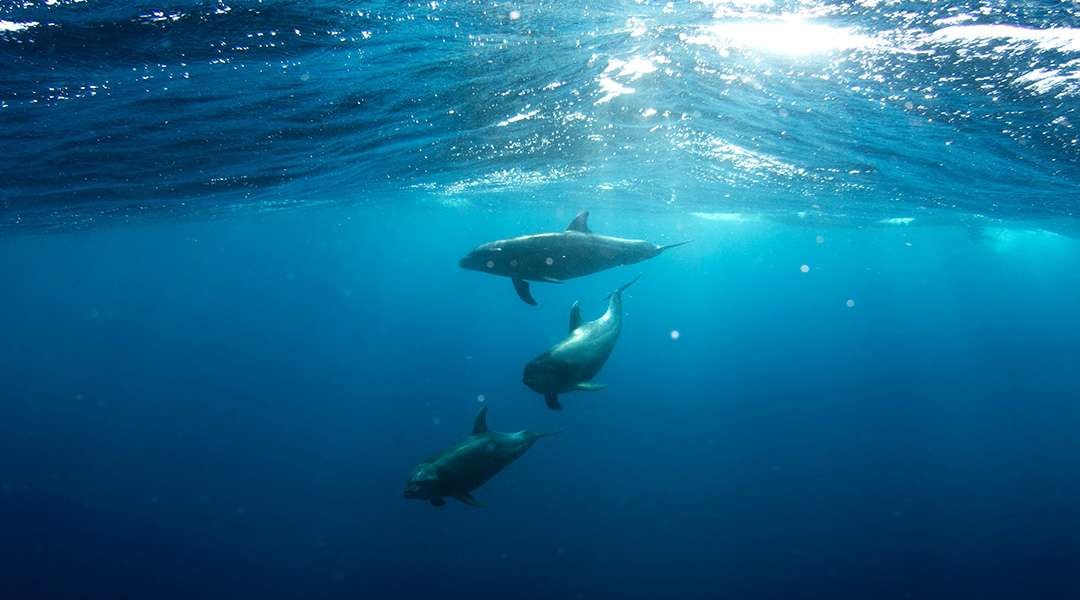A race to explore the bottom of the ocean is underway. Powered by robots, governments and researchers around the world are casting off to explore and exploit this unknown world, pushing the design and capabilities of robots — and has engineers looking at marine life for inspiration.
Underwater robots often mimic the movements of aquatic animals, but one overlooked marine trait is the ability to blend into their surroundings. For robots operating with and among delicate ocean life, the ability camouflage and not draw attention is advantageous, says Haojian Lu, professor at Zhejiang University in China, who is working to develop new underwater robots.
Lu and his colleagues published a paper in Advanced Intelligent Systems describing their new underwater, camouflaged robot. They believe this design will reduce encounters between sea life and the robot, protecting both.
Function dictates form
The design of any robot begins with the tasks it must perform and the environment in which it performs them. The ocean floor is cold, under immense pressure and home to delicate forms of life. In this abyss, robots are often asked to navigate narrow and winding pipelines, to retrieve living samples, fragile artifacts, minerals, or to snatch garbage from the currents.
According to Lu, machines that are soft and flexible allow them to twist and bend into a variety of shapes to accomplish these jobs. This requires the right materials, and for his design, Lu chose materials that are not only flexible and easy to acquire, but also able to blend with their surroundings.
“Our robot’s camouflage capability is achieved through the high transparency of its materials,” explained Lu. “This feature allows the robot to become nearly invisible underwater,” he said. These materials are also commercially available, affordable, and easy to shape and assemble compared to other common choices like silicone which requires extra production steps like curing.
The robot itself is a long, cylindrical tube, whose stiffness can be controlled by the operator, allowing it to contort and flex into a variety of shapes. Importantly too, it’s hollow, which helps it withstand the crushing pressure of the deep sea.
“Due to the hollow structure, water will enter the inside of the robot, and at this time, the pressure inside and outside is the same, and the robot will not be squeezed inward,” he said. The team also designed the robot to be modular, meaning it is easily reassembled and supports attachments for gripping and manipulating objects.
“[This allows] for the easy and rapid replacement of any module that is damaged or when we wish to experiment with modules that offer new functionalities,” Lu explained. According to him, this increases the robot’s lifespan while also lowering costs.
A versatile robot
In lab tests the robot performed well, navigating through underwater obstacles and precisely plucking objects from the bottom of a tank.
“[It] excels in underwater pipeline detection and obstacle avoidance,” said Lu, adding that the gripping module achieved, “considerable load-bearing capacity, about 71 times its weight, making it suitable for tasks such as retrieving aquatic biological samples or garbage fishing.”
While promising, there are hurdles yet to overcome. “A notable drawback of these materials is their degradation in corrosive seawater over extended periods, impacting the robot’s long-term stability and reliability,” said Lu.
Solving these challenges will be a multidisciplinary endeavor said Lu. “Progress is required not only in materials and design but also in sensor technology, control, and autonomous algorithms.”
Reference: Zhefeng Gong, Haojian Lu, et al., Reconfigurable Transparent Variable-Stiffness Soft Robot for Underwater Operations, Advanced Intelligent Systems (2024). DOI: 10.1002/aisy.202300688

















